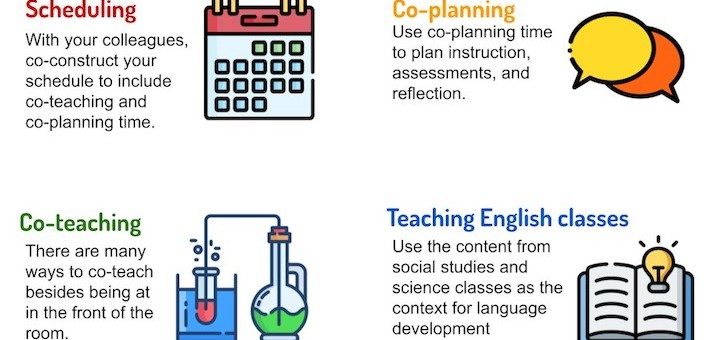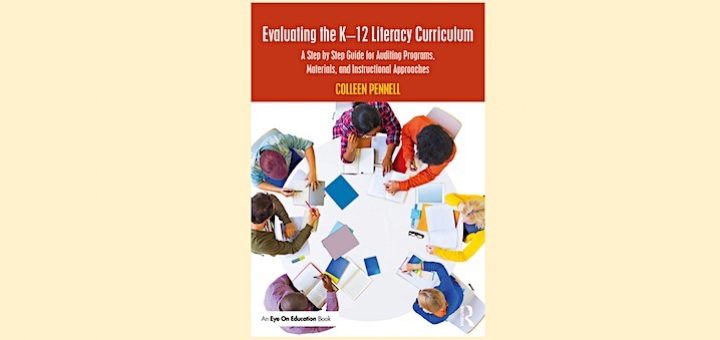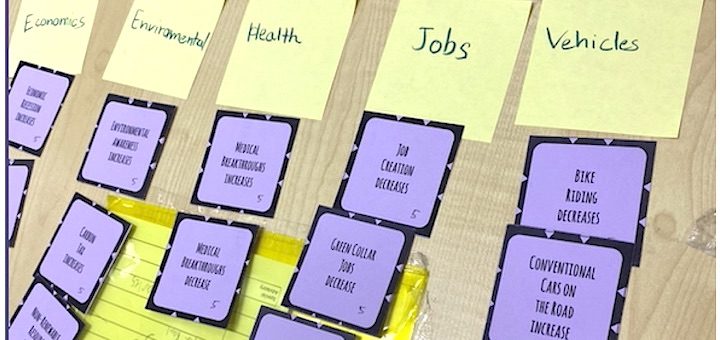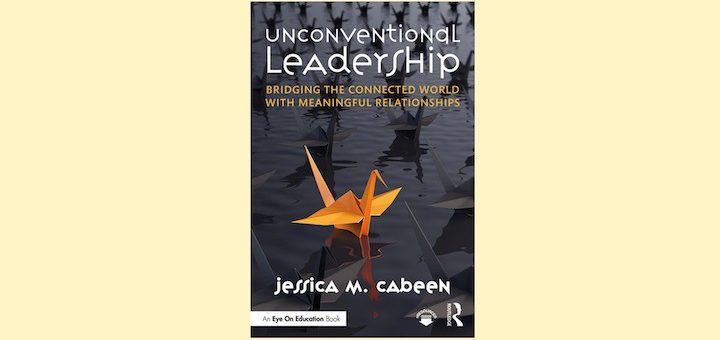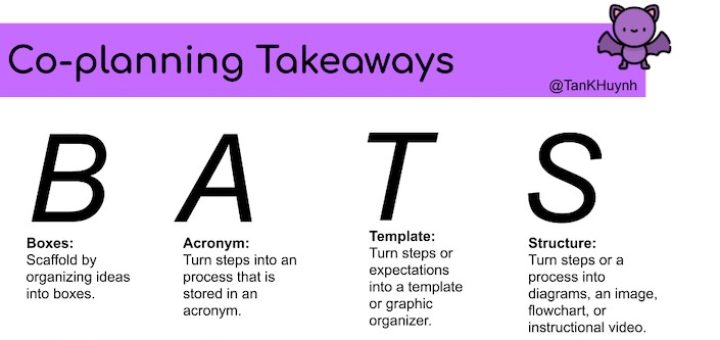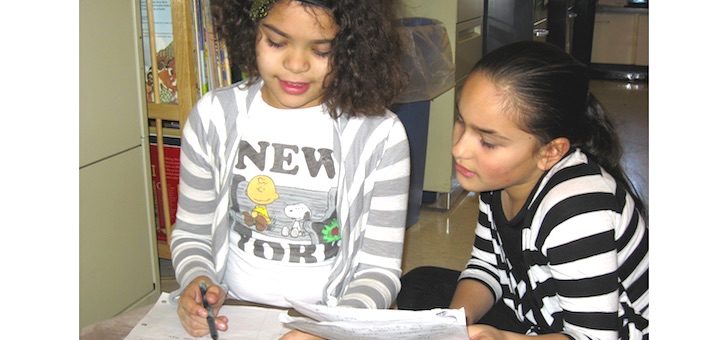Teaching and learning in grades 4-8
Language specialist Tan Huynh offers co-teachers an orientation he never had, sharing what being a language specialist looks like at different levels and with various tasks. Veteran co-teachers may also find helpful tips if they move among elementary and secondary grades.
Evaluating the K-12 Literacy Curriculum is a valuable resource for facilitating teams through the overwhelming yet vital task of auditing programs, materials and instructional approaches, writes educator Abby Markley, noting its user friendly organization.
Online journaling offers students a place to document feelings, thoughts, and reactions to a variety of texts while they make personal, social and academic connections with their teacher. Rose and Walsh offer a process that can strengthen conferencing now and after Covid.
If we want kids to transfer and integrate their learning, they need thinking strategies they can apply in many situations. In her school, writes Megan Kelly, as students acquire ‘systems thinking’ skills, they begin to discover interconnectedness everywhere they look.
As school leaders navigate challenging times, roadside assistance from higher-ups can be invaluable. Award-winning middle school principal Jessica Cabeen shares five practices she’s developed to make sure the paths of communication and support stay open now and in the future.
If you are considering attending a virtual education conference or have an opportunity to present virtually in 2021, do it! MS teacher and conference veteran Kasey Short shares tips for session selection, virtual connecting, avoiding screen overload, notetaking, and more.
In Unconventional Leadership, Minnesota principal Jessica M. Cabeen offers principals extensive resources to move beyond the office and become more connected, collaborative, and creative leaders, writes social studies teacher and school PD director Becky Johnson.
Similar to reading, listening to what we hear during an interview requires comprehension and the active construction of meaning. Elizabeth Hagan, Lisa Friesen and Sunday Cummins share action research on ways to prepare students to conduct interviews they’ll enjoy and learn from.
Since EL specialist Tan Huynh can’t be in every co-teaching class every day to co-instruct with content teachers, he has developed strategies to guide learning from afar across grade levels and disciplines. Discover his BATS: boxes, acronyms, templates, and structures.
Reflecting on their work gives students an opportunity to look back at what they have done, examine the processes and strategies they used, and think about the importance of their effort and growth. Literacy coach Lynne Dorfman explores ways to cultivate metacognition.

